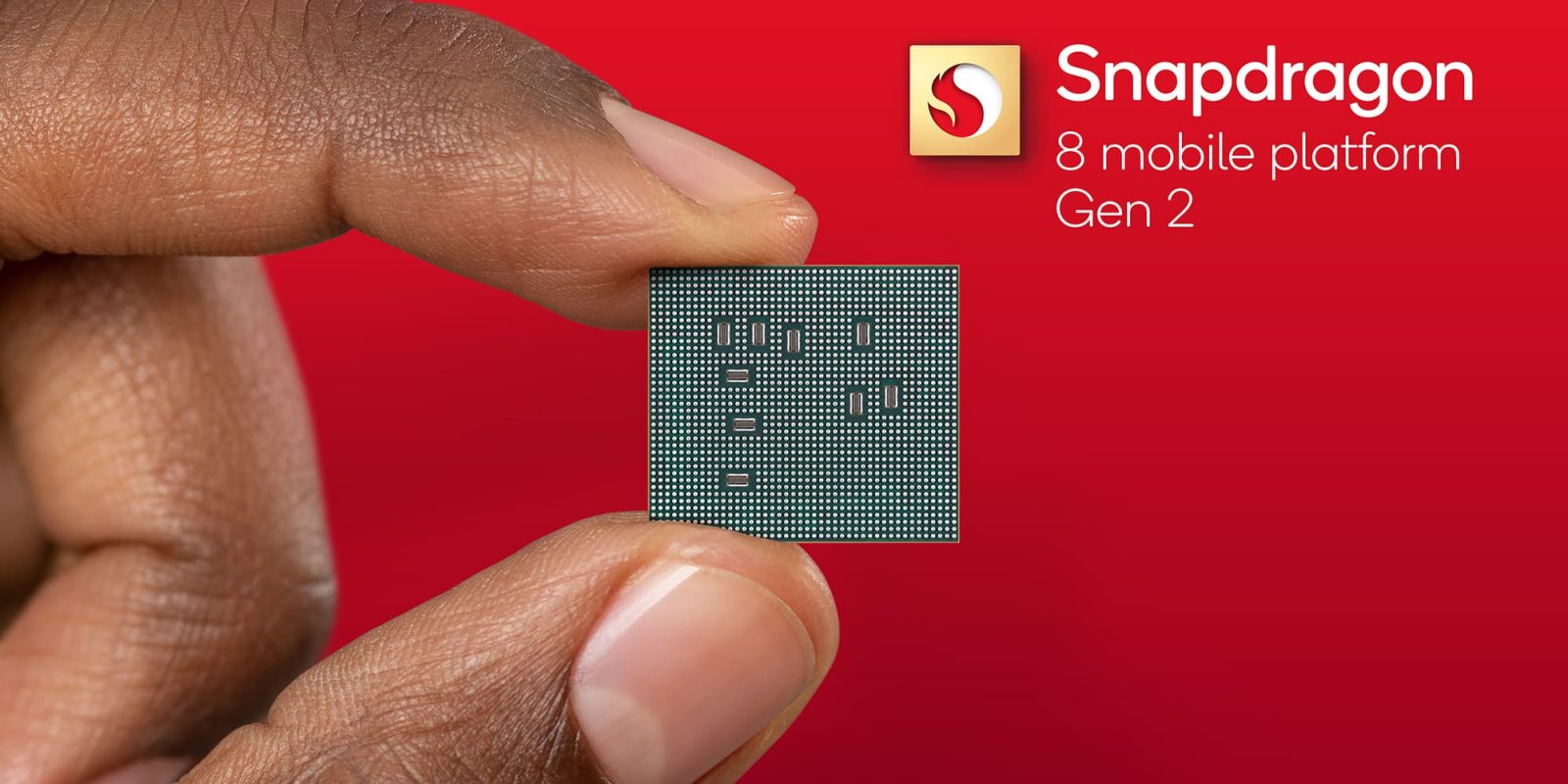
Qualcomm’s flagship chipsets for Android smartphones have been getting better and better, and we’re now getting some early details on what’s set to arrive with the Snapdragon 8 Gen 3 later this year.
Kuba Wojciechowski this evening tweeted a thread with some of the first details about Qualcomm’s upcoming Snapdragon 8 Gen 3 chip, apparently codenamed either “Lanai” or “Pineapple.” The chip will reportedly adopt a 2+3+2+1 layout, different from the current Snapdragon 8 Gen 2’s 1+4+3 configuration.
The new cluster comes from the “titanium” cluster, which consists of two Arm “Hunter” (A7xx) cores. The full layout would include two A5xx cores, three A7xx cores, two A7xx cores, and a single “gold+” core. It’s not currently known how the “titanium” cluster would differ, but Kuba speculates it could be configured differently, such as including more cache, or could be clocked higher.
Notably, these are new cores from Arm, which Kuba says “replace the whole current lineup.” These new chips also apparently drop support for 32-bit entirely, going 64-bit only. That’s not really a big surprise, as the Snapdragon 8 Gen 2 already pulled back on 32-bit support to an extent, and Android has been pushing in that direction for a while.
Back to the cores, Arm codename Hayes and Hunter (ELP) are brand new, unannounced CPU cores replacing the whole current line-up.
They drop support for 32-bit completely, meaning that 8 Gen 3 will be 64-bit-only. This is also confirmed by Qualcomm’s code. https://t.co/VSHvbFiKMD pic.twitter.com/Hgcb8YHOv1
— Kuba Wojciechowski :3 (@Za_Raczke) March 23, 2023
Finally, the thread also mentions that Snapdragon 8 Gen 3 will upgrade the GPU to Adreno 750, with a (current) maximum frequency of 770 MHz. The chip also supports Linux kernel 6.1 and Android 14.
Qualcomm announced Snapdragon 8 Gen 2 in November 2022, but rumor has it that Gen 3 will be announced ahead of that schedule this year.
More on Qualcomm:
- Snapdragon 8 Gen 3 tipped to arrive earlier than its predecessor yet again
- Qualcomm announces Snapdragon 7+ Gen 2
- Snapdragon Satellite will come to all Snapdragon tiers, confirmed for devices from Oppo, more
Add 9to5Google to your Google News feed.
FTC: We use income earning auto affiliate links. More.
Note: This article have been indexed to our site. We do not claim legitimacy, ownership or copyright of any of the content above. To see the article at original source Click Here













